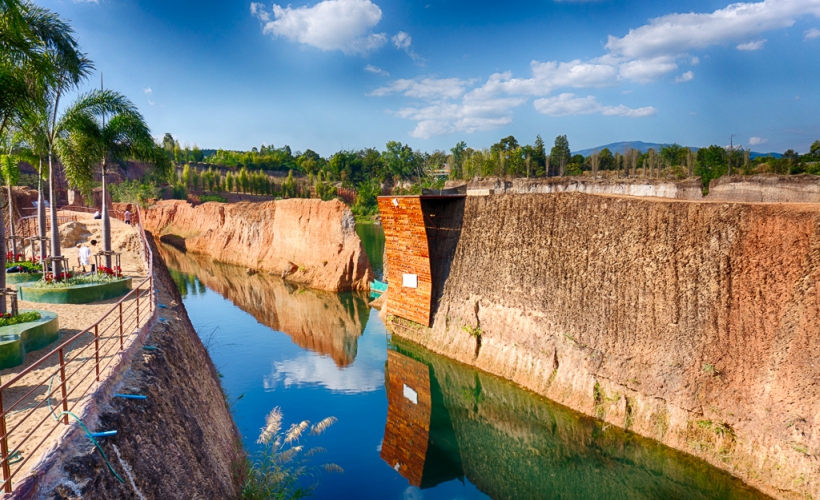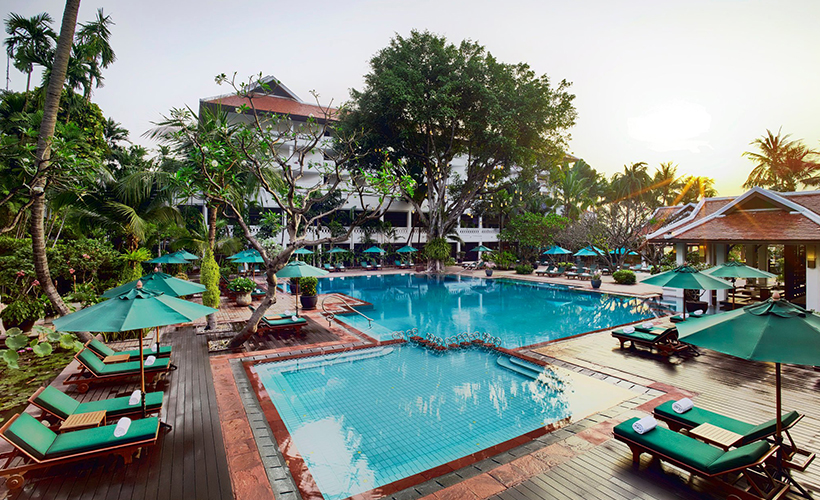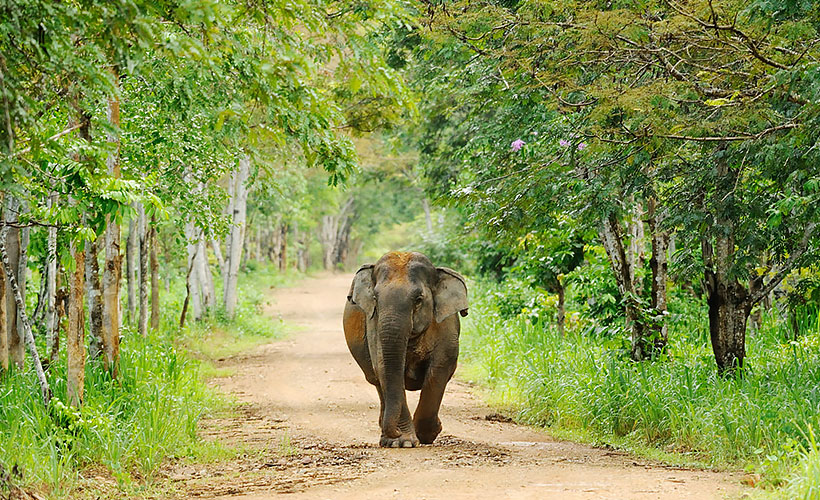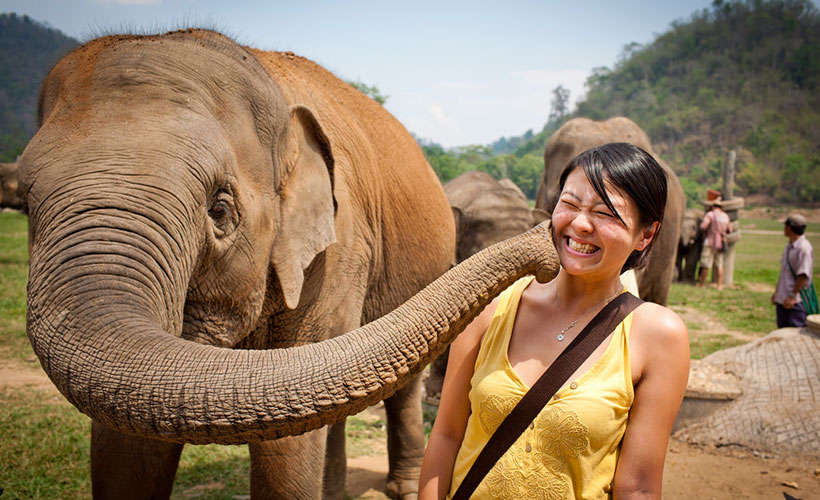
My first experience with an elephant was pretty artificial. Being from Ireland, it was unlikely that I would find these magnificent creatures while wandering the streets or playing in a field. Unsurprisingly, my first memory of elephants is the same as most of my peers’: Watching the movie Dumbo at the tender age of four.
I remember well how I cried when young Dumbo was separated from his mother. Honestly, I couldn’t imagine anything more traumatic, and failed to comprehend how humans can be so cruel towards an innocent creature. Of course, Dumbo is fiction. And as I grew older, I realised that acts of cruelty towards elephants are indeed very real. Across the globe, thousands of elephants are kept in poor conditions and forced to entertain humans through rides and performances.
Because of these realisations, I’ve long vowed to never support such acts, and I know I’m not alone. In recent years, there has been increasing awareness about the unethical treatment of elephants in riding camps, which has encouraged many tourists to avoid them. As a result, numerous ‘ethical’ elephant sanctuaries have been established in their place.
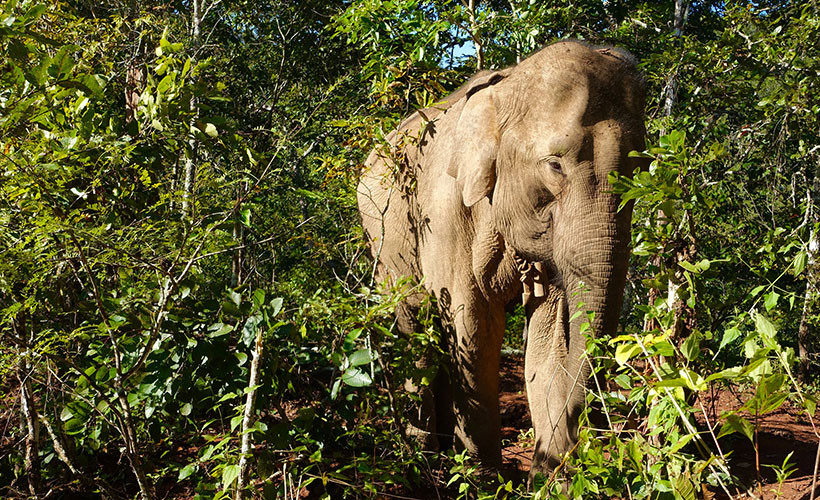
While in Thailand, I decided to pay a visit to one and after much research, settled on a sanctuary I believed held the best interests of elephants at its core. The experience was unforgettable.
We learned about their former lives as logging and riding elephants, including the horrendous ‘spirit-breaking’ process they endured to make them submissive. We were informed about the work that the organisation are doing to give them a better life and their ongoing efforts to change public attitudes. And, apart from feeding one older elephant, we simply watched them from afar. I may not have left with hundreds of elephant selfies like most, but it is because of this that I left feeling certain that I supported a good cause.
Fast forward several months to when I was in northern Thailand with some friends. The idea of visiting an elephant sanctuary arose and I jumped at the chance of seeing these creatures again. We chose to visit another well-known sanctuary, where the elephants roam free and riding isn’t an option. Yet, while this visit was also preceded by plenty of research, the outcome wasn’t so positive.
Our arrival coincided with the approach of several elephants from a nearby hill. It seemed unlikely that this was a natural response to the arrival of loud, sweaty humans but I guess it was all part of the show to come.
Then, our guide introduced himself and apologised that he must give a quick safety talk, insisting that we would have plenty of time afterwards to “play with the elephants” and “take selfies.” “We want you to have fun” was their message, though not a mention was given to how the elephants felt, where they came from and why they were there.
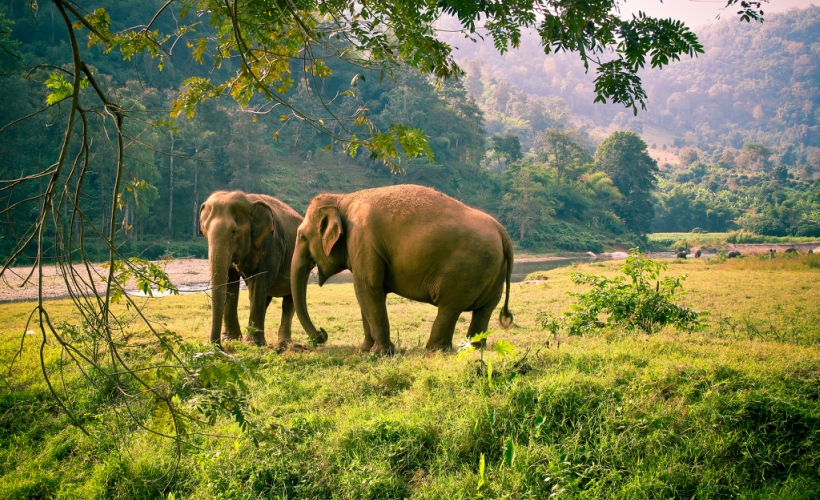
We were then allowed to feed the elephants, which felt okay, to a point. The handlers then encouraged the elephants to do tricks, which we were told they still remembered from their circus days. While probably true, it felt wrong to encourage them to perform these charades for the sake of a photo.
After eating, the elephants were brought down to a mud pool, many of them being tugged in by their ears. Most of the visitors opted to get in with them for a mud bath, with some lying across their backs to get a selfie.
Elephants and humans alike were then given the chance to cool down in a river. “The elephants can leave the water when they like,” we were told, but the reality wasn’t so idyllic. Observing everything from the riverbank, I saw several elephants leave the water and head uphill. When one tried to take an alternative route, I noticed a handler slip a sharp nail from his pocket and prod his head. The elephant swiftly obeyed.
Following lunch, I witnessed another act of cruelty when an elephant attempted to take some leftover rice from a pot. A handler quickly ran over and led him away, but not without smacking him with a stick when he felt he was out of eye and earshot of us.
I left feeling uneasy and with many unanswered questions, despite my attempts to learn more throughout the day. Where did these elephants really come from? Unlike the first sanctuary, these elephants were allowed to breed. What will happen to their newborns? Was I just being paranoid?
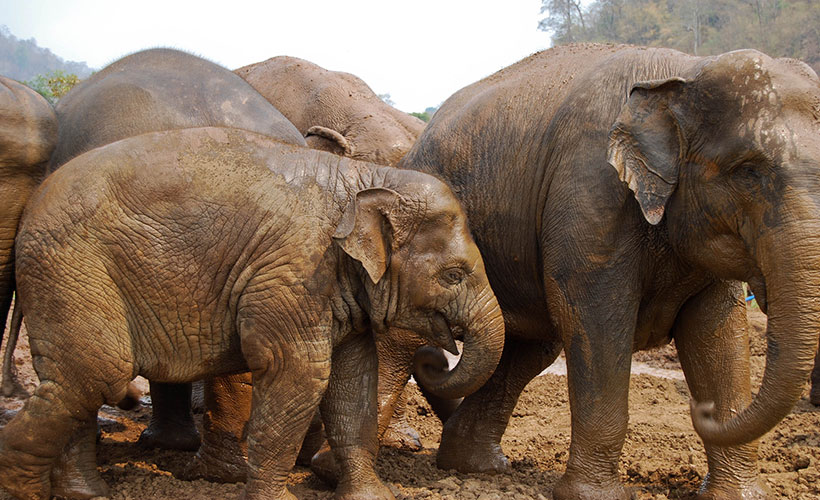
Various conversations following my visit confirmed my suspicions that not all was what it seemed. While better than a riding camp, this place was definitely more concerned with entertaining tourists than helping elephants.
Elephant tourism in Thailand is not diminishing, but simply evolving. According to World Animal Protection (WAP), there’s been a 30 per cent increase in the number of captive elephants there between 2010 and 2016. People are becoming aware that most tourists won’t support animal cruelty, and so they are slapping labels like ‘sanctuary’ and ‘eco-tourism’ on their fliers. Yet, if the animals are still being controlled and sometimes hurt to please humans and keep us safe, what’s the difference?
Indeed, not all elephant sanctuaries are fake. Elephant Nature Park, Wildlife Friends of Thailand, and Kindred Spirit are three world-renowned organisations that are making a difference. They are worthy of and in need of public support.
I cannot turn back the clock or forget what I witnessed, but I can encourage others to research thoroughly before they visit an elephant sanctuary. Ask questions. Choose wisely. And if it appears too good to be true, it probably is.
